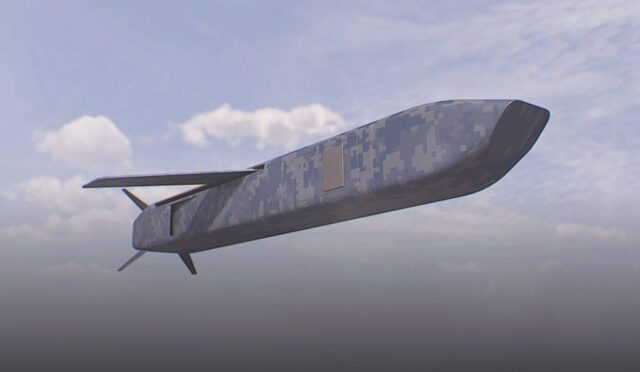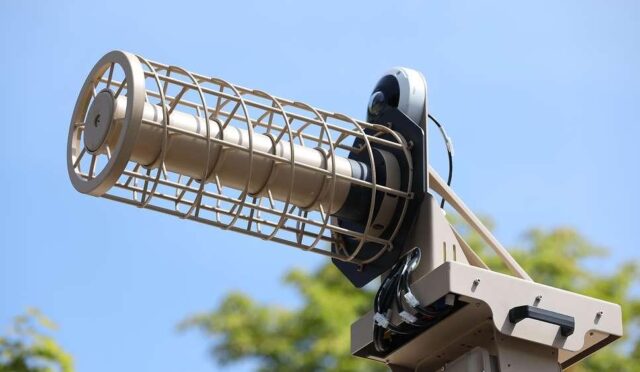5G Military Technology Revolutionizes Defense Operations
The Swedish Armed Forces have embarked on an innovative partnership with telecom operator Telia and equipment manufacturer Ericsson to explore the potential of 5G networks for military applications. This collaboration aims to test advanced network technologies developed through a 5G innovation initiative launched in 2023. One of the key features of this venture is the implementation of a 5G Standalone (SA) architecture designed to enhance secure communications, streamline logistics, and improve interoperability with NATO allies.
The 5G SA architecture encompasses a dedicated core and radio access network, facilitating more accurate and secure communication of audio, data, images, and video essential for defense operations. As part of the testing process, the initiative will also assess the effectiveness of positioning and tracking vehicles, drones, and personnel, as well as the deployment of temporary connectivity solutions in locations without existing infrastructure.
Accelerating Technological Solutions to Military Challenges
Brigadier-General Mattias Hanson, chief information officer of the Swedish Armed Forces, highlighted the necessity for accelerated innovation in response to evolving military needs. He noted, “We will try to figure out how to be faster in innovation and how to solve a military problem with civilian technology,” stressing the urgency brought on by recent geopolitical developments. Hanson’s comments reflect a broader recognition of the critical importance of adapting civilian technological advances for military purposes.
The call for quicker adaptation aligns with the rising tensions in the region, prompting military organizations to actively seek out cutting-edge solutions. The emphasis on leveraging civilian technology suggests a strategic pivot, showcasing how dual-use technologies could enhance defense capabilities in a rapidly changing landscape.
Strengthening Defense Amid Rising Security Threats
In the wake of Russia’s invasion of Ukraine, a wave of heightened security concerns has prompted various European nations to bolster their defense strategies. Sweden, having recently joined NATO, announced plans in March to significantly ramp up its defense budget by 300 billion kronor (approximately $30 billion) over the next ten years. This marks a substantial commitment to military expansion, the most significant Sweden has undertaken since the Cold War.
Currently, Sweden allocates about 2.4 percent of its GDP towards defense, with plans to increase this figure to 3.5 percent by 2030. This strategic financial boost underscores the country’s determination to enhance its military capabilities and readiness in light of the changing geopolitical climate in Europe.







